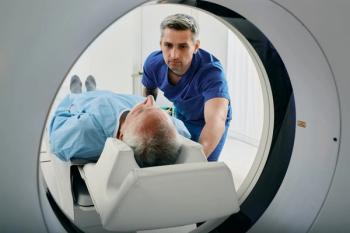
DOE commits to moly-99 isotope project
The U.S. Department of Energy has selected two nuclear reactorsin New Mexico to produce molybdenum-99, the raw material for thecommonly used radioisotope technetium-99m. The move is an importantstep in a long effort by the agency to develop a U.S. source
The U.S. Department of Energy has selected two nuclear reactorsin New Mexico to produce molybdenum-99, the raw material for thecommonly used radioisotope technetium-99m. The move is an importantstep in a long effort by the agency to develop a U.S. source formolybdenum (SCAN 6/7/95).
The DOE hopes the project will provide an alternative to molybdenumdistributed by Canadian radioisotope firm Nordion Internationalof Kanata, Ontario. Nordion provides over 80% of the world's supplyof molybdenum, which is produced at a reactor operated by a Canadiangovernment agency (SCAN 7/17/96).
The DOE this month selected two sites, the Annular Core ResearchReactor and the Hot Cell Facility at Sandia National Laboratoriesin Albuquerque, and the Chemistry and Metallurgy Research Facilityat Los Alamos National Laboratory in Los Alamos, to produce molybdenum.The decision came after completion of an environmental impactstatement earlier this year.
The facilities should begin producing small quantities of molybdenumthis year, with production for medical uses beginning in 1997after Food and Drug Administration approval is granted. The DOEhopes to provide 10% of the U.S. supply of molybdenum next year,and believes the facilities could ultimately meet all of the U.S.needs for the radioisotope.
The DOE said it will encourage the privatization of molybdenumproduction. The New Mexico reactors are intended to ensure a reliablebackup supply of the isotope, and the DOE does not plan to competewith commercial radioisotope suppliers, the agency said.
Newsletter
Stay at the forefront of radiology with the Diagnostic Imaging newsletter, delivering the latest news, clinical insights, and imaging advancements for today’s radiologists.





